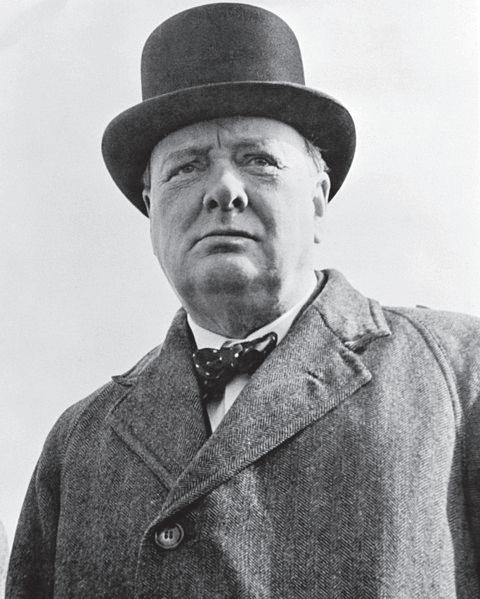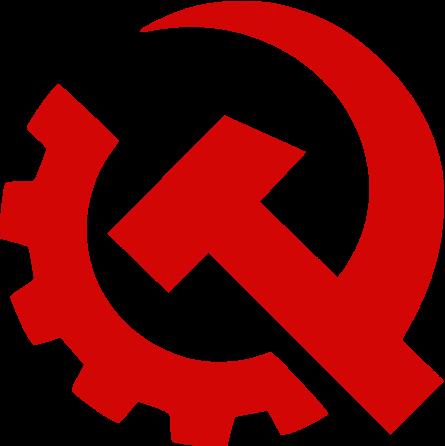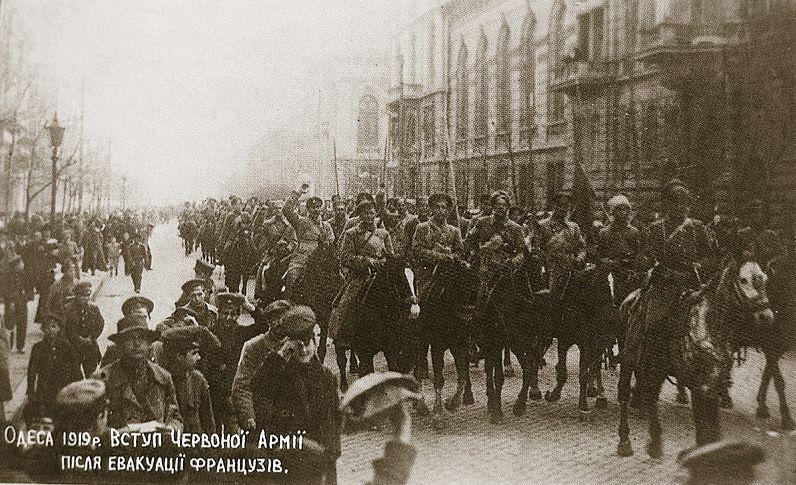
2 minute read
The Iron Curtain Descends

Prime Minister of England Winston Churchill. 1942. Library of Congress Print and Photographs.
Advertisement

On March 5th, 1946, on the heels of World War II, Winston Churchill, England’s Prime Minister, gave a speech that marked the beginning of what would come to be known as The Cold War. He firmly stated, “From Stettin in the Baltic to Trieste in the Adriatic, an iron curtain has descended across the continent.” The strong curtain Churchill spoke of was the ideological divide between Western capitalism and Russian Communism that was spreading across the globe.
In 1848, the German philosopher Karl Marx published The Communist Manifesto. Russia, then ruled by a monarchy, was rife with restless peasants and discontented industrial workers, making the environment ripe for Marx’s theories of equality. Communism is a political ideology that has informed a type of government where the state owns all major resources, such as property, education, manufacturing, agriculture, and transportation. Simply put, the core idea of communism is that everyone shares the benefits of labor equally in a society so that, in theory, the class system is eliminated.
As Marx predicted, worker discontent grew in Russia with the government squashing uprisings across the countryside in response to unfair and punitive government actions. Marx’s Manifesto, combined with very poor living conditions in Russia, sparked a revolution. In 1917, Vladimir Lenin and the Bolshevik Party led the October Revolution, in which the monarchy was overthrown and a provisional government was established. In 1924, dictator Joseph Stalin took power and formed the Soviet Union, guiding the country through

The Red Army entering Odessa in 1919.
World War II. By 1979, communism had spread across Eastern Europe, Asia, Africa, South America, and gained popularity in smaller political parties across Europe and North America.
Though allied by the close of World War II, the United States and the Soviet Union became quick enemies at the end of the war. A faction of the Communist Party sprouted in America in 1919, and hit its peak in 1942, due to the influx of industry, immigrant workers, and the emergence of labor unions. Before The Cold War ramped up, Americans were already fearful of communism. With fear growing from real and imagined threats, and the Russian Revolution having just occurred, the U.S government passed The Espionage Act (1917), The Sedition Act (1918), and the Immigration Act
(1918). This series of legislation strengthened the government’s investigation into private citizens, especially Italian and Eastern European immigrants. Though never gaining any real power across Western countries, Communism was not a welcome idea and was treated as a fundamental threat to American democracy.
Tensions between Communist and Capitalist countries and their ideologies ebbed and flowed with decades of proxy wars in places such as Vietnam and Afghanistan, and multiple leadership changes in the Soviet Union and America, until the Soviet Union was dissolved in 1991. Communist ideas remain today in the governments of Cuba, Laos, China, North Korea, and Vietnam.
Why was America was so afraid of Communism? Can you think of similar fears or “threats” our government has today?



